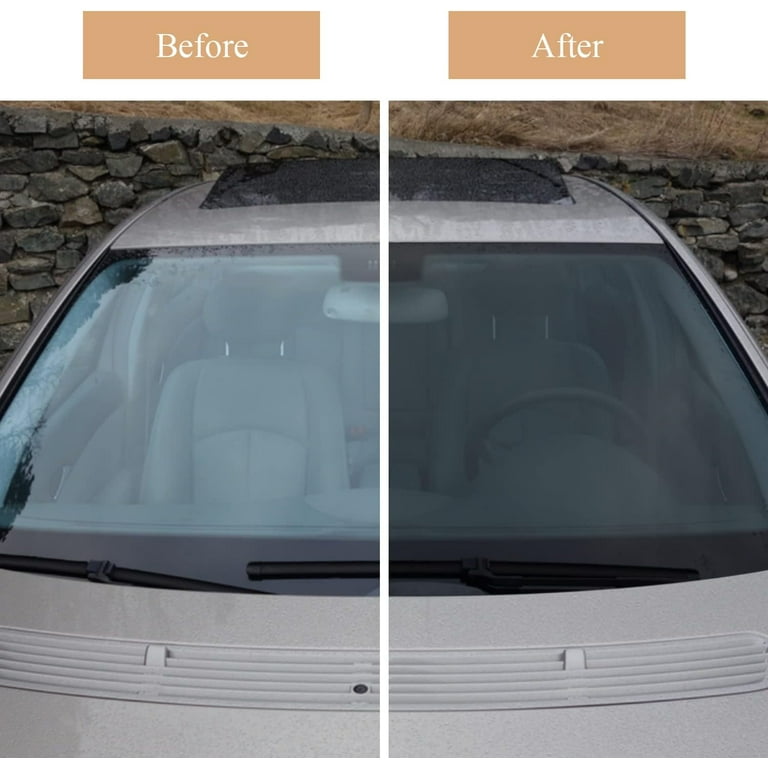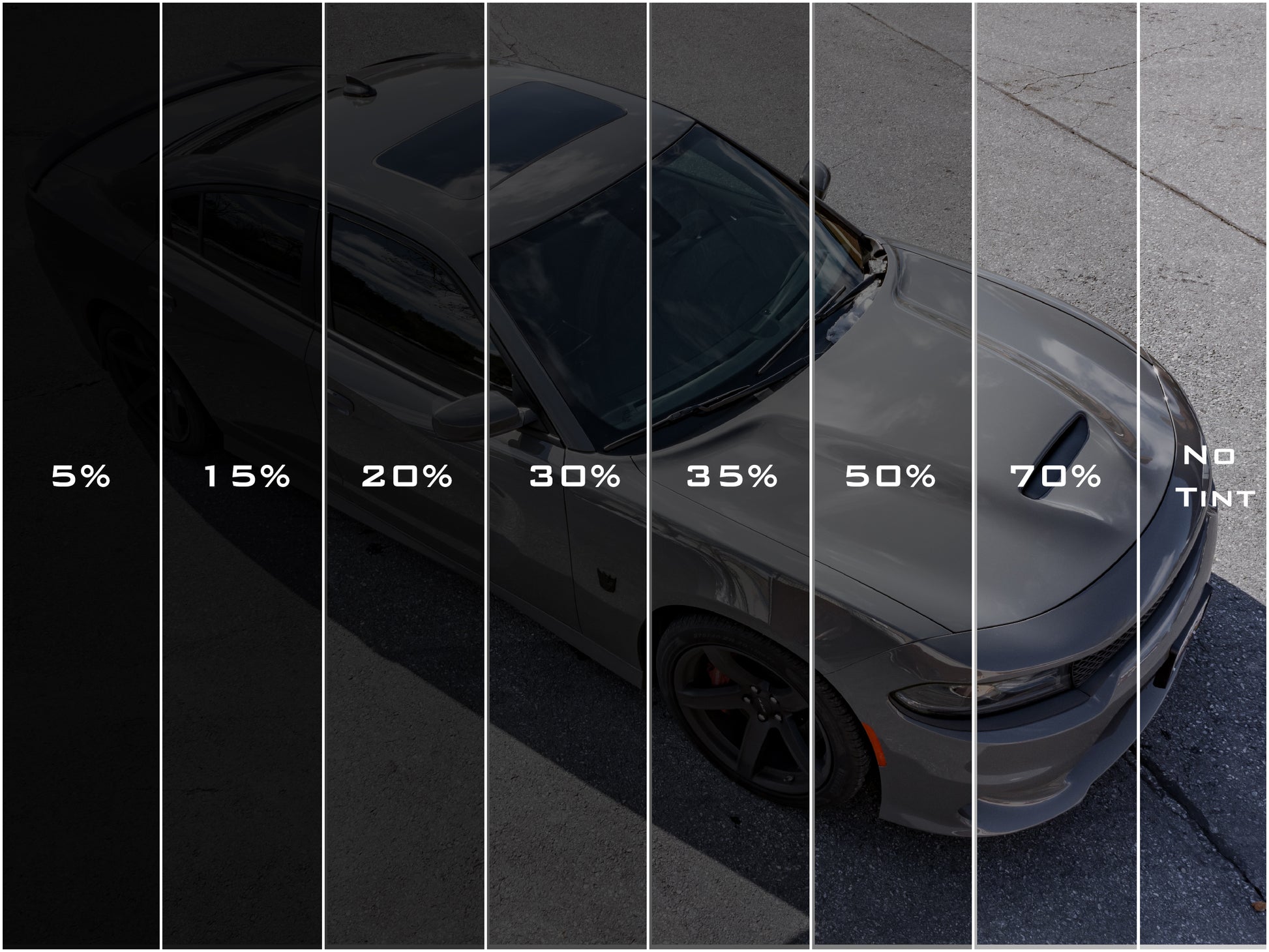Auto Window Tinting for Enhanced Protection and Reduced Break-Ins
Auto Window Tinting for Enhanced Protection and Reduced Break-Ins
Blog Article
Home Window Tinting Laws and Standards: What You Required to Know Before Tinting Your Auto
Before waging window tinting for your lorry, it is vital to familiarize on your own with the diverse laws and standards that govern this method across various states. These guidelines dictate the permitted levels of tint darkness, often measured by visible light transmission (VLT) portions, and consist of particular specifications for front windscreens focused on guaranteeing roadway safety and security. Additionally, particular jurisdictions may supply medical exemptions for individuals with qualifying conditions. Comprehending these intricacies can save you from prospective lawful ramifications, however what are the details rules in your state?
Introduction of Window Tinting Laws
Home window tinting regulations are frequently subject to variant throughout different jurisdictions, mirroring neighborhood guidelines and security considerations. These legislations dictate the permitted degrees of tint darkness and reflectiveness on automobile home windows, ensuring that drivers keep appropriate exposure while also protecting versus harmful UV rays and heat.
Most laws categorize window tinting based upon the Visible Light Transmission (VLT) percent, which indicates the amount of light that can travel through the home window. Usually, reduced VLT percentages signify darker tints. Legislations usually set apart between the front, side, and back windows, with more stringent limitations used to the front windscreen to improve safety and security for both the motorist and other road customers.
Compliance with window tinting policies is vital, as infractions can result in fines, necessary removal of the color, and prospective increases in insurance policy premiums. It is essential for automobile owners to familiarize themselves with neighborhood laws before continuing with window tinting setups.
State-by-State Color Regulations
Understanding the particular home window tinting policies in each state is crucial for vehicle owners looking for to follow the regulation. Each state in the united state has established its own collection of regulations controling home window tinting, which can differ considerably. These laws commonly determine the allowable levels of tint darkness, the sorts of windows that can be tinted, and any type of medical exemptions that may apply.
For example, states like California have rigid limitations on color darkness for front home windows, while others, such as New Mexico, might permit darker colors. Furthermore, certain states mandate specific exposure portions for various home windows, consisting of the windscreen, front side windows, and rear home windows. It is essential for auto proprietors to acquaint themselves with their state's legislations to prevent potential fines or penalties.
Additionally, some states may need an accreditation sticker to be put on tinted home windows, suggesting compliance with state regulations. Failure to stick to these regulations not just runs the risk of legal effects however can also influence security and visibility while driving. Lorry proprietors need to conduct thorough research or consult neighborhood authorities to guarantee complete understanding and compliance with state-by-state tint guidelines.
Allowed Tint Kinds and levels
Numerous lorry owners might be stunned to learn that enabled color degrees and kinds vary widely across different states. Each state has established its very own regulations pertaining to the acceptable darkness and reflectivity of window color, often determined by Visible Light Transmission (VLT) percents. VLT refers to the quantity of light helpful site that can travel through the colored home windows; hence, a reduced percentage suggests a darker color.

Furthermore, the kinds of tint products permitted can vary, with some states banning metallic or mirror-like surfaces. It is vital for lorry owners to familiarize themselves with their state's specific laws to ensure compliance. Non-compliance can cause penalties, mandatory removal of the tint, or various other lawful effects, making it imperative to recognize these policies before proceeding with installation.
Medical Exceptions for Tinting
While not all states offer allowances for medical exceptions relating to window tinting, those that do acknowledge the requirement for particular individuals to improve visibility and convenience because of medical problems. Numerous medical conditions, such as lupus, skin cancer cells, and specific eye conditions, can render individuals specifically conscious sunlight. These people may need darker tints to safeguard themselves from harmful UV rays and glare.

It is necessary to keep in mind that even with a clinical exemption, there may still be constraints on the degree of tint allowed. Conformity with state regulations guarantees that people are both protected and within lawful limits. Those thinking about medical exceptions ought to contact their regional Division of Motor Vehicles or equal authority to understand the needs and procedures necessary to apply for an exemption efficiently.
Penalties for Non-Compliance
Stopping working to follow window tinting legislations can you can find out more lead to considerable fines, which differ by state. Law enforcement companies are encouraged to issue citations for automobiles that do not abide by the specified tinting laws. These penalties normally consist of fines, which can vary from moderate quantities to numerous hundred bucks, depending upon the intensity of the offense and the state in question.
In some jurisdictions, repeated offenses might result in intensifying penalties or extra charges, such as compulsory court looks. Additionally, non-compliance might necessitate the removal of illegal tinting, usually at the proprietor's expenditure. In severe situations, regular transgressors might deal with suspension article source of their automobile registration until compliance is accomplished.
Additionally, insurance policy effects may arise from obtaining multiple citations for home window color infractions. Insurance companies might check out such infractions as an indication of riskier behavior, possibly leading to increased premiums or difficulty in coverage.
To stay clear of these fines, it is vital for car owners to acquaint themselves with their local home window tinting regulations and make certain that their automobile complies (Window Tinting). This aggressive technique not just prevents legal implications yet additionally promotes roadway safety and security
Final Thought

Most laws classify home window tinting based on the Visible Light Transmission (VLT) percent, which indicates the amount of light that can pass through the window. Conformity with home window tinting policies is critical, as violations can result in fines, compulsory elimination of the color, and potential rises in insurance premiums.Comprehending the details home window tinting laws in each state is essential for vehicle proprietors looking for to conform with the legislation. These regulations frequently determine the permitted degrees of color darkness, the types of windows that can be tinted, and any kind of clinical exemptions that may apply.
For instance, states like California have strict limitations on color darkness for front home windows, while others, such as New Mexico, might permit darker tints.
Report this page